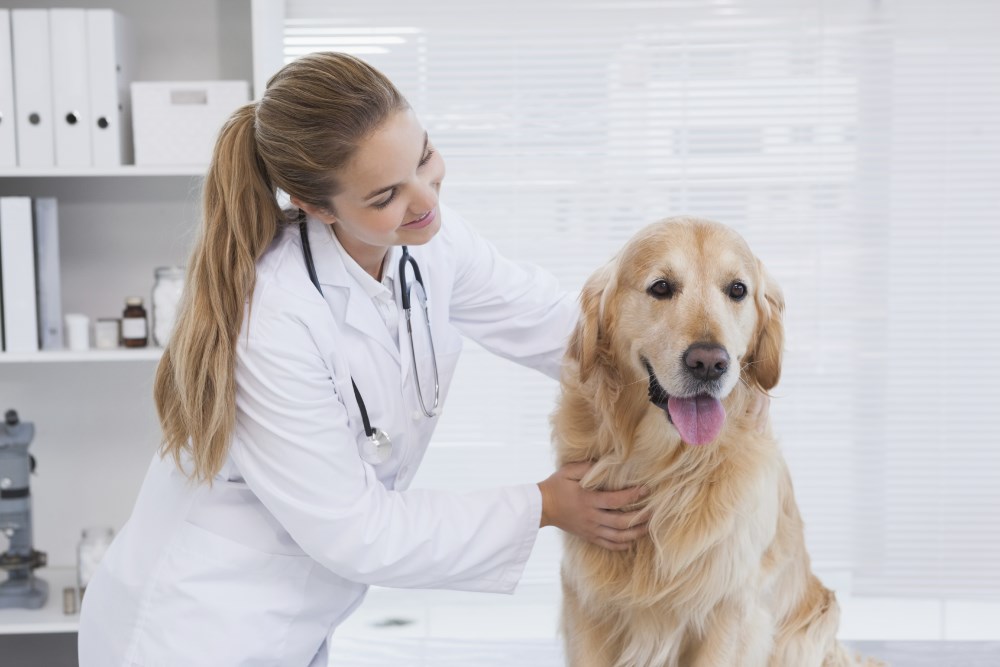
It’s no secret that most pets would prefer to stay in the comfort of their own home, rather than visit a veterinary clinic. Fortunately, there are a number of things that can help make the visit a little easier, reducing the stress for both pets and the humans who love them.
According to Dr. Dirk Dekens, DVM of Dekens Housecall Veterinary Services (and a member of our Panel of Experts at Kali’s Wish), the process starts before leaving the house.
“If the owner is nervous, their pet will be too,” Dekens says, recommending that owners practice calming themselves.
“Providing a natural calming supplement to the pet a couple of hours prior to the veterinary visit may take the edge off a bit,” the Calgary, AB based veterinarian adds, citing Rescue Remedy and BioCalm as effective examples.
There is also a responsibility on the clinic to maintain an environment that helps set pets up for a successful experience.
“It’s important to choose a clinic whose veterinarians and support staff are comfortable around reactive pets, and who have a good understanding of the animal’s body language, calming signals, and will take the time for the animal to settle,” Dekens explains. “No leaning over the animal, no direct eye contact, and a slow, sideways approach are all non-threatening methods that should be employed.”
A scared pet can be dangerous to those trying to transport and treat them, regardless of their good intentions, and “using towels and blankets when handling cats and small dogs may reduce stress for the animal, and keep the owners and staff safe.”
Practice can also make for an easier time, especially with our canine companions: “A good way for dogs to get acquainted is to have the owner visit for a laid back weigh-in on the vet scale, with a nice treat presented every time. It also offers the vet clinic a means to keep track of the animal’s body weight and notice if there are any issues that need to be addressed.”
For a broader picture, Dekens turns to his support team – all pet owners themselves – to reveal their suggestions:
Louise Bush, Office Manager:
Elaine Powell, Training Coordinator:
Darlene Vandevenne, Marketing and Bereavement Services:
Pamela Porosky, Massage and Reiki Practitioner:
Still, even with preparation, practice and the most ideal environment, it’s important to note that “sedation in clinic, rather than excessive handling, may prove to be a less stressful option for the pet in the end,” Dekens advises. “And in some cases, if the animal is too stressed in a clinic, a house call may be a better and less stressful option for everyone.”
Do you have any questions about taking your fur baby to the vet’s office? Reach out to our Panel of Experts today!